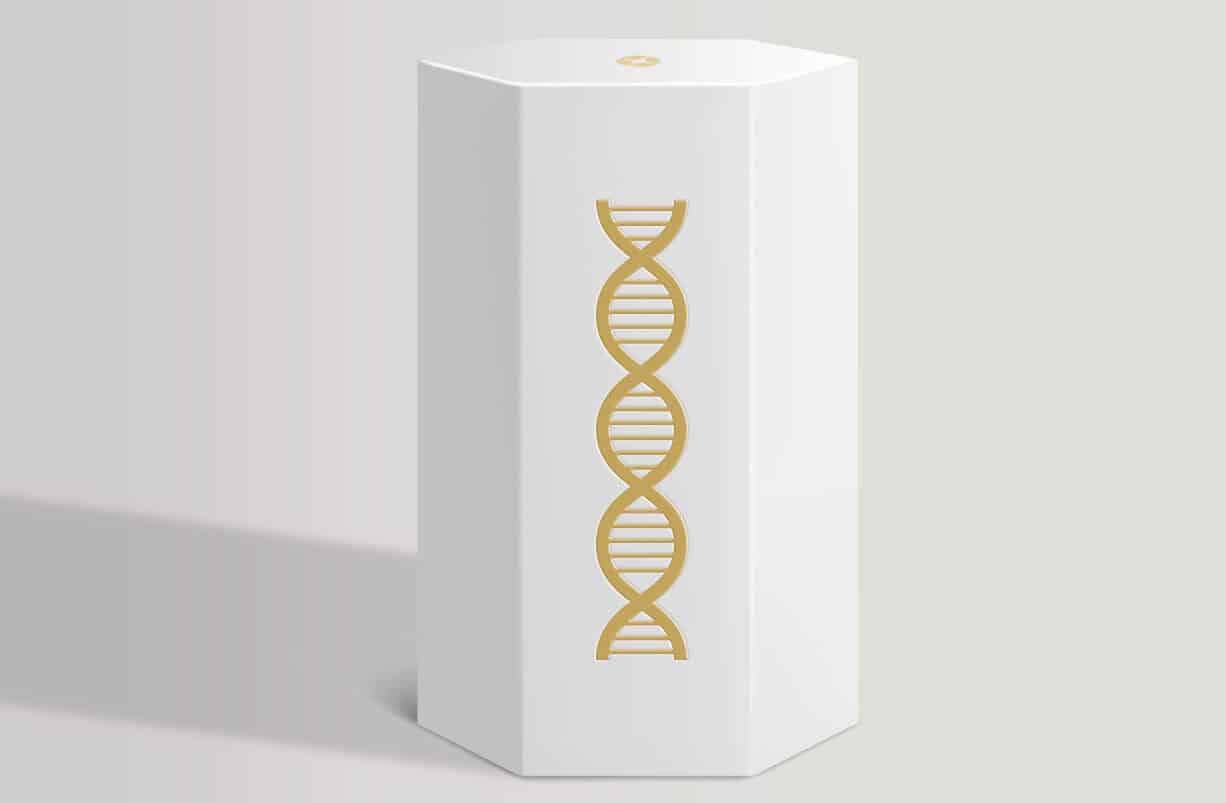Sperm DNA fragmentation is one of the key indicators of male fertility, but it’s not tested as part of a typical semen analysis. Too often, it’s not tested at all until couples have gone through expensive fertility treatments that didn’t work. And when it is tested, it’s done through specialty labs that are also pricey and inaccessible.
We’re excited to announce the first consumer-friendly, at-home option to evaluate sperm DNA fragmentation. This more in-depth assessment of sperm health is the perfect complement to a semen analysis. Legacy’s sperm testing kit is now the most scientifically advanced option available.
Sperm DNA fragmentation analysis is now automatically included as part of our Forever package. It can also be purchased as an addition to our For Today package.
Sperm contain DNA that’s supposed to combine with the DNA inside an egg to create an embryo. However, that DNA can sustain damage, such as separation or breaking of DNA strands into pieces, as a result of your age, lifestyle, illness, or exposure to toxins.
Sperm DNA fragmentation is the degree of damage to the genetic material carried by sperm. If the sperm contains a lot of DNA that’s broken or unstable, it may be more difficult for it to fertilize an egg, or it may increase the chances of miscarriage or birth defects. Many studies have demonstrated DNA fragmentation index to be predictive of miscarriage or success with fertility treatment. Learn more about sperm DNA fragmentation.
“Legacy is committed to being at the cutting edge of the male fertility science, services, and products,” says Dr. Ramy Abou Ghayda, our chief medical officer. “Most experts consider the DNA fragmentation index to be one of the missing pieces of the male infertility puzzle. It will provide insight and understanding of undesirable fertility outcomes and has the potential to guide therapeutic interventions during the fertility journey of couples.”



